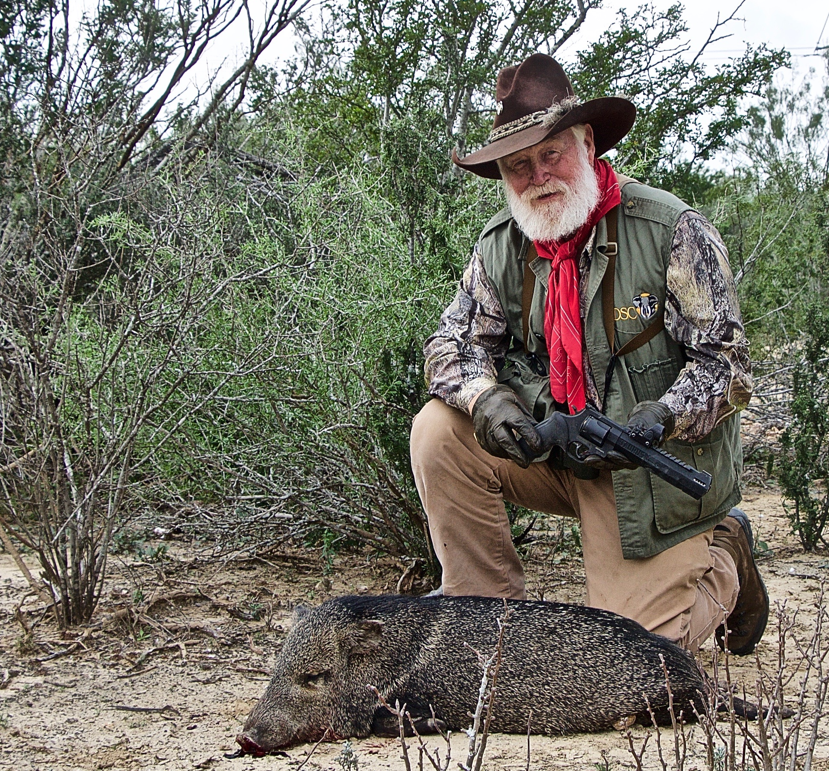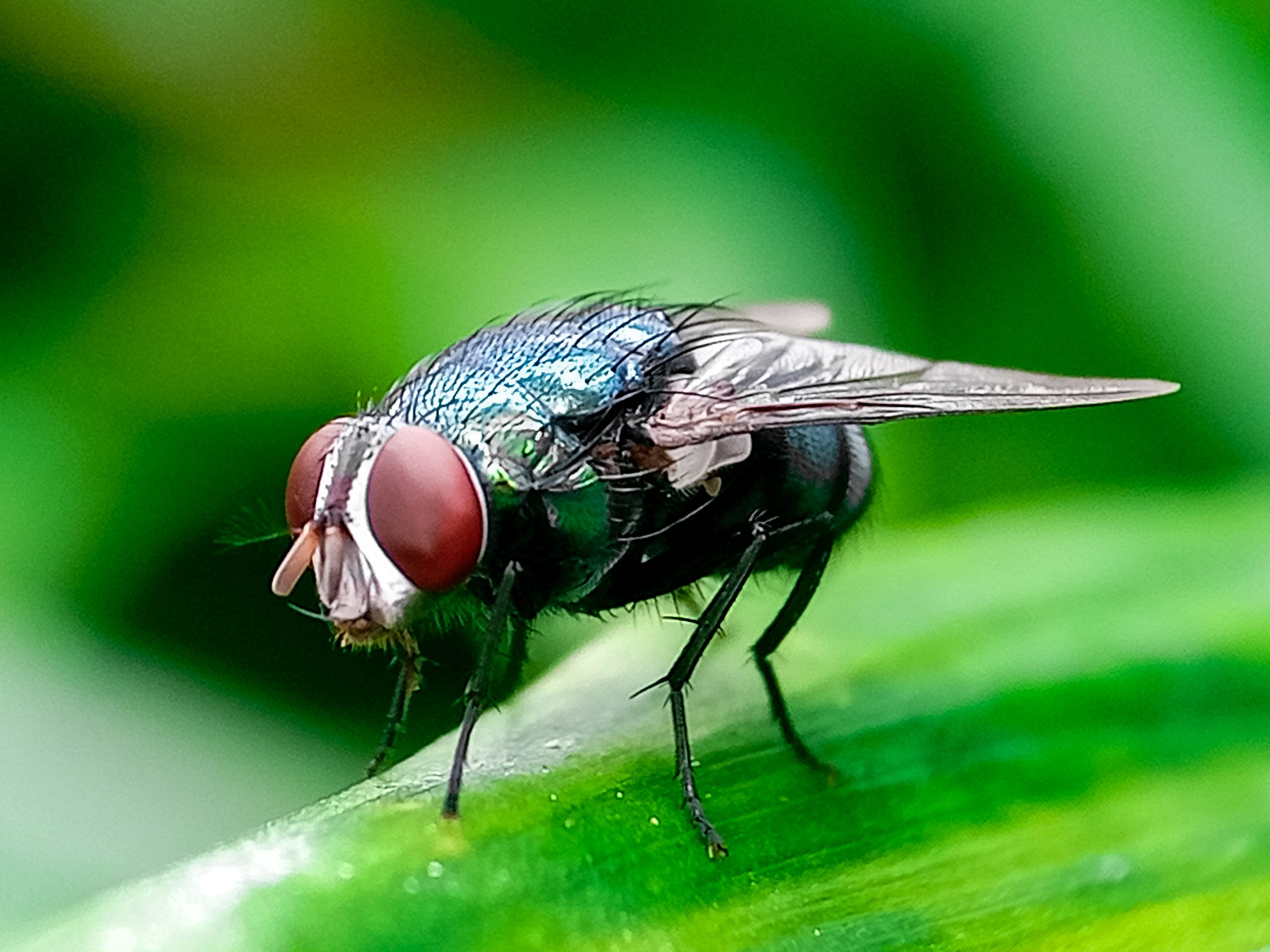It may sound like a bizarre super hero and sidekick, but these are just examples of the diverse characteristics of animals in the wild.
In Canada, a photography business owner recently spotted a large white moose in western Newfoundland. On social media, the Wildlife Division of Newfoundland’s Department of Fisheries and Land Resources has identified the individual as a piebald moose by the darker-colored spots present amongst its predominantly white hair.
Several people commented on the posts, saying that they have seen similar moose in their backyards throughout the years. Initially, many described the white moose as an albino due to its white hair. However, the abundance of darker pigments in the hair and eyes made full albinism unlikely. Secondly, albino animals usually do not live long enough to reproduce and if they do, the offspring typically do not show the features since both parents would need to have the presence in their genes.
Off the shores of nearby Nova Scotia, a fishing boat caught two bright blue lobsters, less than 100 miles apart and within a few days of each other. This vibrant blue lobster easily stands out amongst the common, dull-colored ones. Although no one knows exactly how many blue lobsters are present in the water, odds of catching one are considered one in two million. As BBC reported, the North Atlantic sees over 200 million lobster catches a year. Spotting two so close in proximity is a rare event indeed.
Sources: BBC and CBC News



